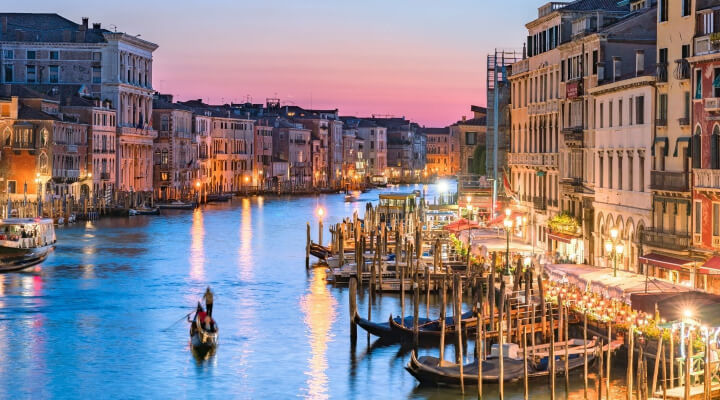Back
Travel Blogs

Be inspired, HOT Tips & More
Filter your results
Select a number of filters
Filter
Best. Holidays. Ever.
Start here
Let us help you find the perfect holiday or deal. Here’s how to get in touch...















































































































































